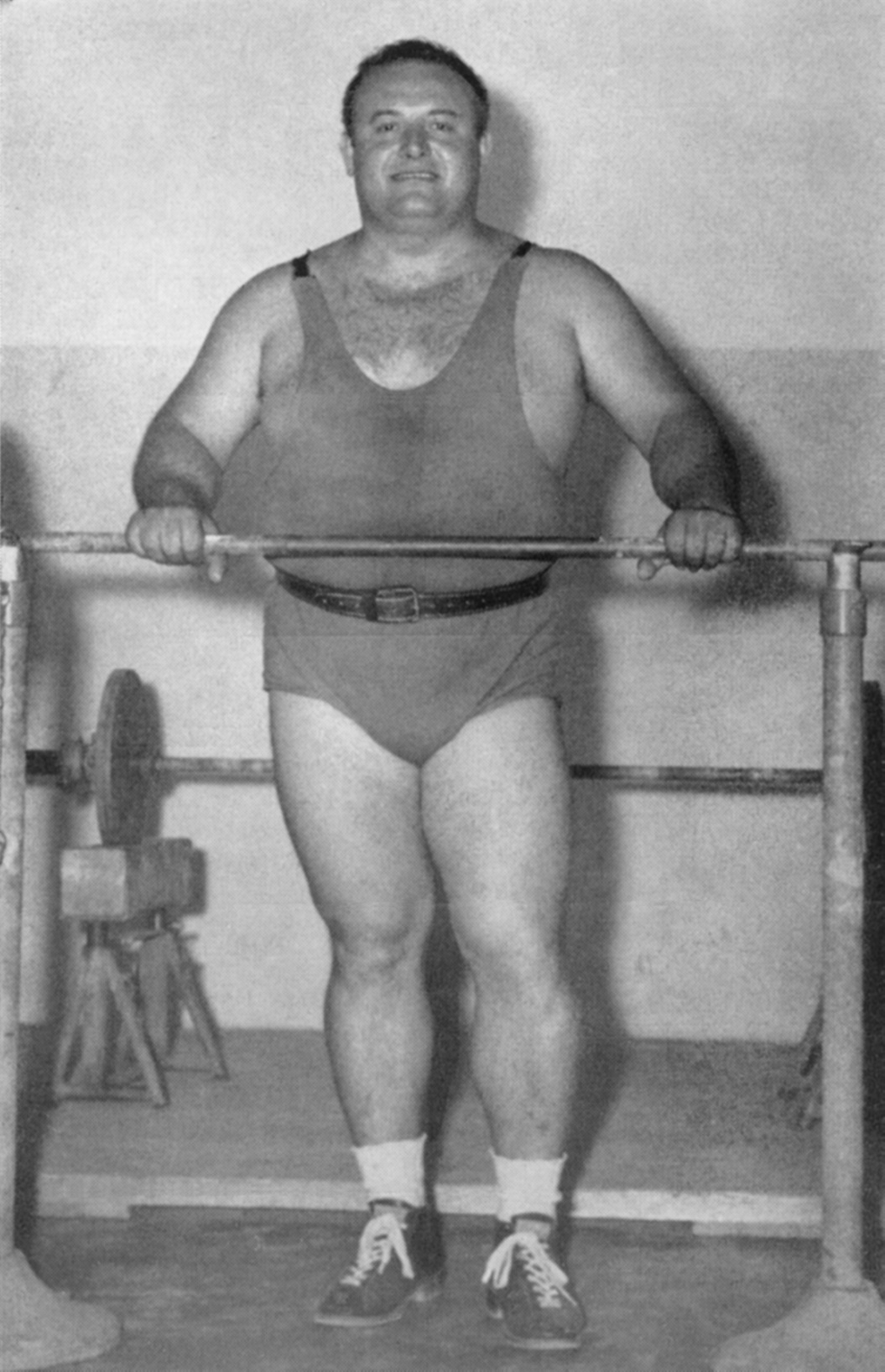article by Nicola Pucci
I never shared the unpleasant habit of considering an athlete capable of getting on the podium in major international events but incapable of achieving a success of enormous merit as a loser. The history of sport is full of cases of this kind, one above all the cyclist Raymond Poulidor, who too often finished behind Jacques Anquetil on the roads of the Tour de France, who more than any other represents the emblem of the athlete destined to succumb. Champions, not losers, because staying at those levels is certainly a feat that should certainly not be underestimated, and a champion is the protagonist of our story today, the lifter Alberto Pigaiani, which you will soon see boasts quite a collection of precious metals. Except for gold…
Born in Milan in 1928, Pigaiani has practiced football, athletics, swimming and ice hockey since he was a boy, and then, in the early 40s, given his physical growth and size, he turned to weightlifting. Alberto is powerful and agile at the same time, he undoubtedly knows how to do it, but these are difficult years, tormented by the second war, and to compete continuously and possibly excel you have to wait until after the war.
As luck would have it, the Lombard, who competes for the Pro Patria, crosses paths with that of Attilio Bescapè, European champion in Genoa in 1934 and silver at the World Championships in Vienna in 1938 (beaten in the category up to 60 kg. by the German Georg Liebsch), who becomes his coach, bringing him to the levels that will allow Pigaiani, “the gentle giant” That competes among the heavyweightsto become one of the strongest lifters on the planet.
Effectively Alberto began to build a good reputation in 1955, when he won the Mediterranean Games in Barcelona surpassing the Egyptian Mohamed Gaessa and the French Raymond Herbaux, also finishing in eighth place at the World Championships in Munich, which also count as European Championships and which gave the Milanese fifth place. And if the following year, 1956, the Melbourne Olympics knocked on the door, Pigaiani began the most profitable parable of his career.
In June, as a prelude to the Games, Alberto takes part in the European Championships in Helsinki, wearing the silver medal around his neck, finishing with 432.5 kg. behind the Soviet Alexei Medvedev, who with 465 kg. outperforms the competition. And on November 26th, at Royal Exhibition Building of the Australian city, the Milanese, in the absence of the Moscow champion, he finds himself having to battle with the American Paul Anderson (world champion in Munich and great favorite of the race) and the Argentine Humberto Selvettiwith the South American taking the lead in the competition with an Olympic record lift (175 kg.) in the slow press and the American catching up with his rival with the momentum test, adding both 500 kg. which ultimately reward Anderson for a lower body weight. Pigaiani is bronze medalist, in turn prevailing by a whisker over Iranian Firouz Pojhan, who lifts 2.5 kg. less in momentum, and by getting on the podium at the Olympics he reinvigorated Italy’s good tradition in the heavyweights which harks back to the golden times of Filippo Bottino (Antwerp 1920) and Giuseppe Tonani (Paris 1924).
The following year the appointment with the World Championships was renewed, and in Tehran Pigaiani confirmed himself as an international level lifter, acting as a protagonist and this time climbing onto the podium with a total of 452.5 kg, bronze behind Medvedev, first with 500 kg., and Selvetti himself, who lifted 485 kilograms.
Now approaching the threshold of 30 years, Pigaiani aims the goal at the 1960 Rome Gamesthe epilogue of a career as a top-level lifter which gave the Milanese two more European medals. In fact, at the 1958 World Championships in Stockholm, which also count as European Championships, Alberto was fourth with 440 kg.finishing in the wake of the unbeatable Medvedev, the American Dave Ashman and Pojhan himself, who takes revenge for the Games relegating the Italian to the foot of the world podium but European silver behind the Soviet. And if the following year, at the 1959 World Championships in Warsaw, Pigaiani was fifth and fourth respectively, at the European Championships in Milan in 1960 he was third again, lifting 445 kg.preceded only by the Soviet Yuri Vlasov (500 kg.) and the Bulgarian Ivan Vesselinow (455 kg.).
At the 1960 Rome Olympics Vlasov confirmed himself as the strongest of the lot, winning the gold medal with a new world record of 537.5 kg. overall, clearly beating the two Americans James Bradford (already silver in Helsinki in 1952, 512.5 kg.) and Norbert Schemansky (Olympic champion in Finland and silver in London 1948, 500 kg.), and Pigaiani, fourth after the slow press test and who would like to dedicate a great result to his dying father, lifts only 127.5 kg. with the tear and 170 kg. with momentum, finishing in seventh positionunsatisfactory for his farewell race from competitive activity.
Does not matter, despite not boasting great success but with a good haul of silver and bronze medals, the name of Alberto Pigaiani is associated with that of a champion. Try to do the same if you can…
